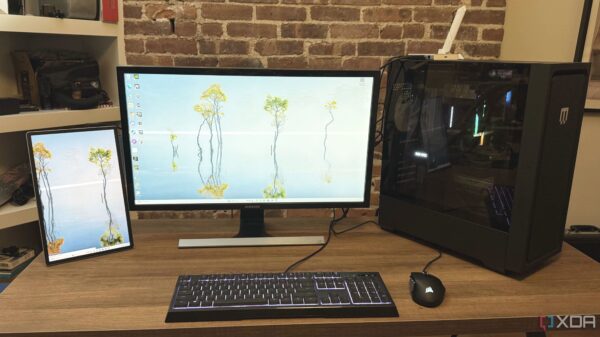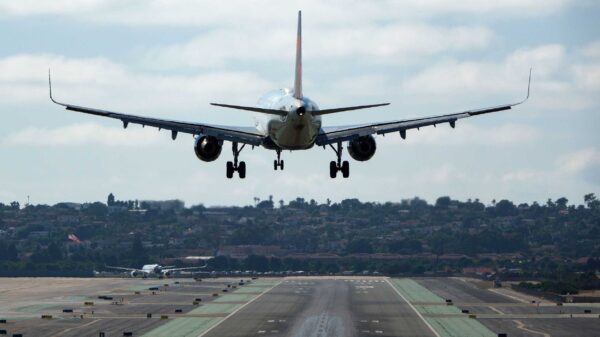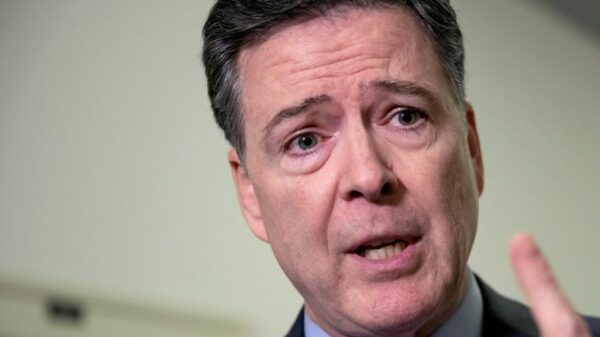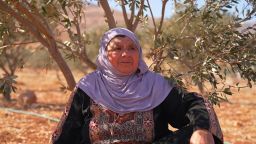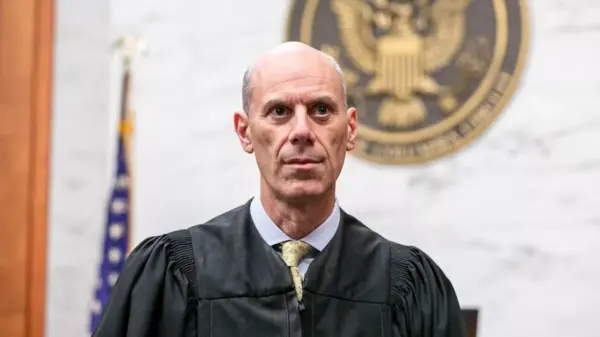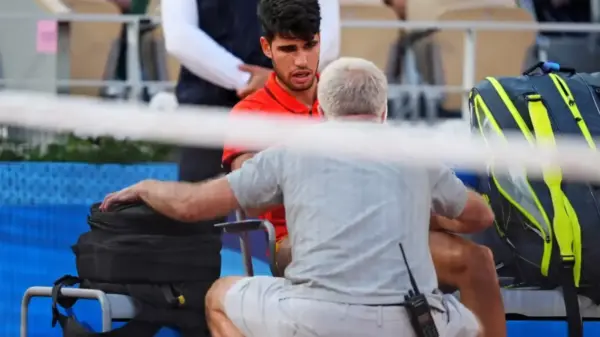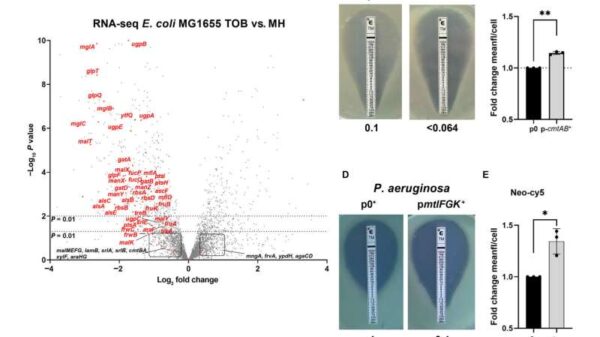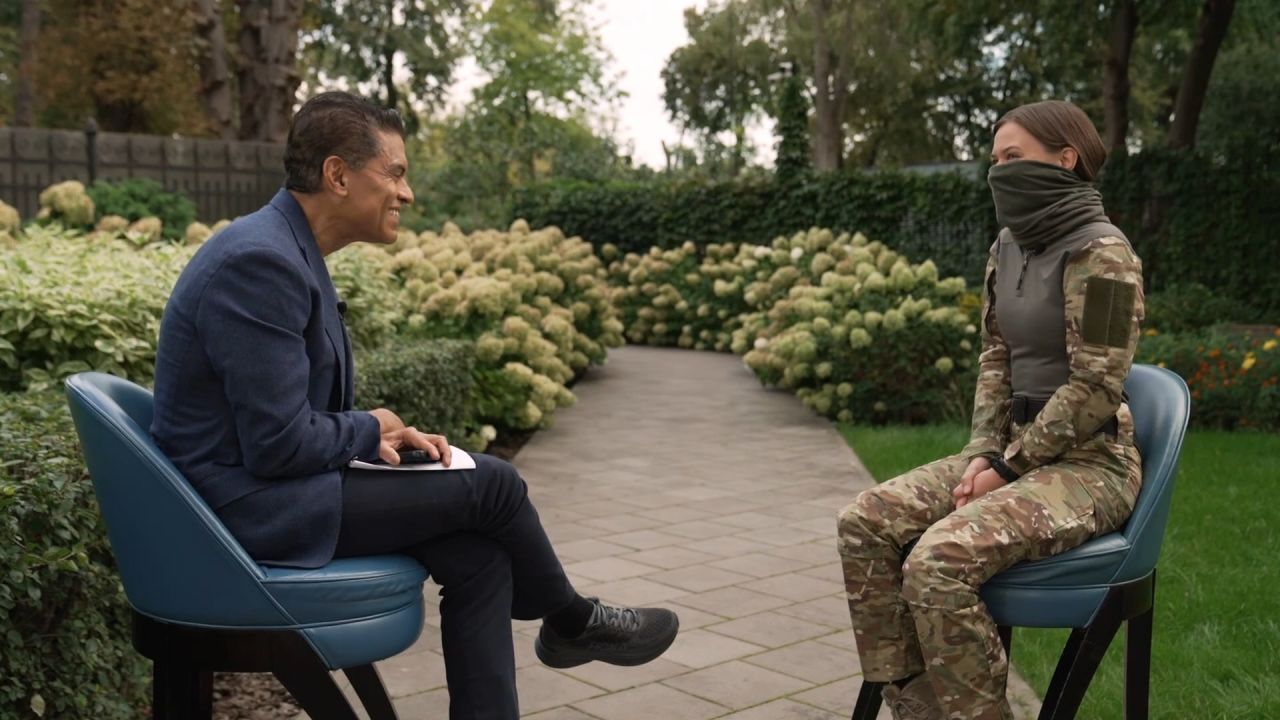Since the onset of Russia’s full-scale invasion of Ukraine in February 2022, the involvement of women in the Ukrainian military has dramatically increased. According to a report from The Economist, the number of women serving has more than doubled, reflecting a significant shift in the dynamics of the armed forces during this ongoing conflict.
Among these women is Katya, a medic who serves in Ukraine’s special forces. In a recent interview, she shared her experiences and motivations for joining the military. Katya’s journey is emblematic of the broader transformation within the Ukrainian military as it adapts to the realities of war and seeks to utilize all available resources.
Women in Combat Roles
The growing participation of women in the Ukrainian armed forces is not merely a matter of numbers; it represents a fundamental change in military operations. Traditionally, combat roles have been predominantly male. However, the urgency of the situation has led to a reevaluation of these norms. Katya, like many of her peers, has taken on responsibilities that were once reserved for men, demonstrating resilience and determination on the front lines.
Katya described her experiences as both challenging and rewarding. She noted that her role as a medic is crucial, as she provides essential care to injured soldiers in high-pressure environments. “Every life saved is a victory,” she stated, underscoring the importance of her work. Her commitment reflects a broader trend of women stepping into vital roles, contributing to the military’s overall effectiveness.
The statistics regarding women’s participation in the military are telling. Prior to the invasion, women made up about 10 percent of the Ukrainian armed forces. That number has since risen, with estimates indicating that women now account for approximately 30 percent of active-duty personnel. This shift underscores the necessity for all capable individuals to contribute to national defense, particularly in a time of crisis.
Impact on Society and Military Culture
The involvement of women in combat roles also has implications beyond the battlefield. It challenges societal perceptions of gender roles in Ukraine, where traditional views have often dictated the limitations placed on women. As these women take on leadership positions and showcase their skills, they help pave the way for future generations.
Katya highlighted the camaraderie among her fellow soldiers, who support one another regardless of gender. This sense of unity is vital, especially in the face of the ongoing conflict. The bond formed in such intense environments helps to build a strong, effective military force capable of confronting the challenges posed by the invasion.
Moreover, the integration of women into military roles can lead to more comprehensive strategies in combat and humanitarian efforts. Women’s perspectives and experiences enrich military operations, potentially resulting in more effective responses to the diverse challenges encountered in modern warfare.
As the conflict continues, the story of women like Katya serves as a reminder of the resilience and adaptability of the Ukrainian military. Their contributions not only bolster Ukraine’s defense capabilities but also reflect a changing society willing to embrace new roles in pursuit of peace and security.
The surge in women’s military participation in Ukraine is a powerful narrative in the context of a nation fighting for its sovereignty. As this trend persists, it will undoubtedly shape the future of both the military and society at large, highlighting the vital role that women play in times of war.



